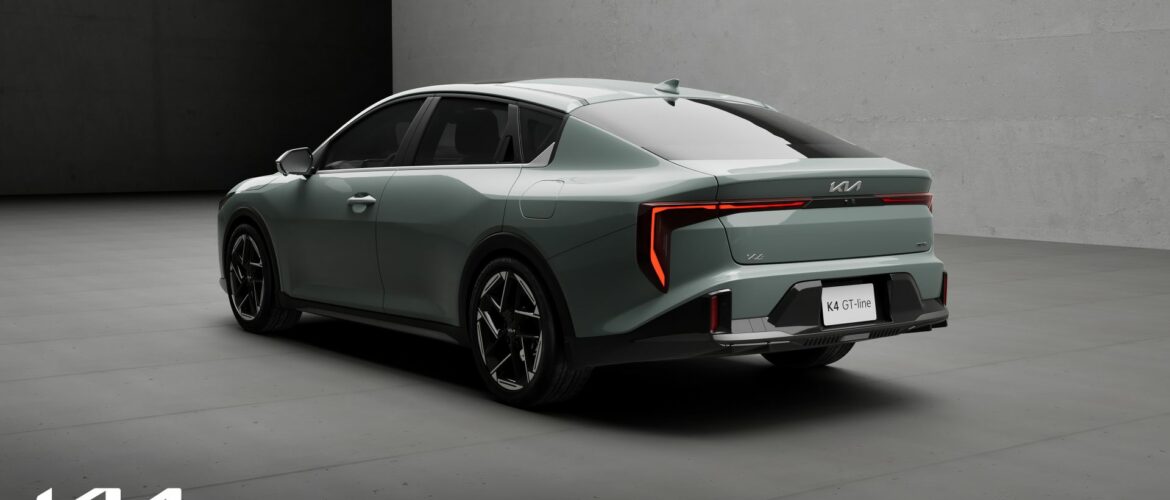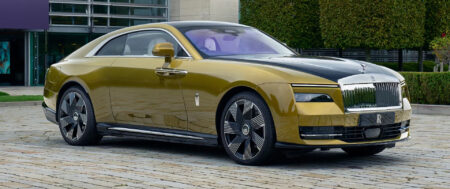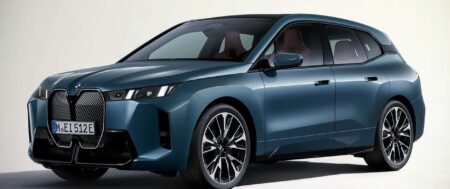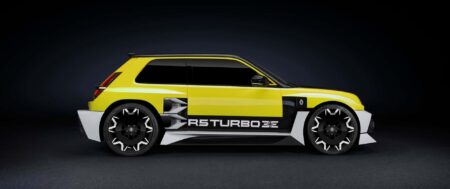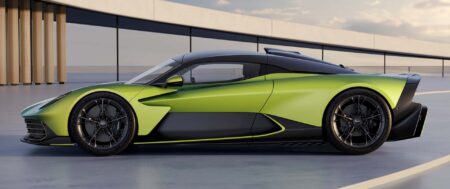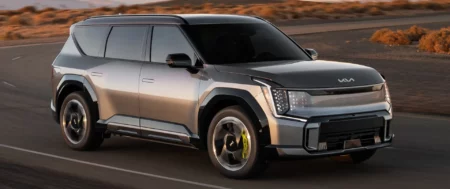In the all-new Kia K4 lineup, there’s the range-topping GT-Line Turbo model, and then there’s everything else. The everything else, specifically, are the K4s powered by the non-turbo engine; four of the five K4 variants fall into this category. In place of the 190-hp turbocharged 1.6-liter four-cylinder engine and eight-speed automatic in the GT-Line Turbo we tested earlier this year, these K4s utilize a humbler 147-hp 2.0-liter I-4 and a continuously variable automatic transmission. Having fallen for the GT-Line Turbo at our 2025 Car of the Year competition, where it joined its competitor, the class-leading and just-revised Honda Civic, on our finalist list, we just had to find out if the less powerful K4s hold up.
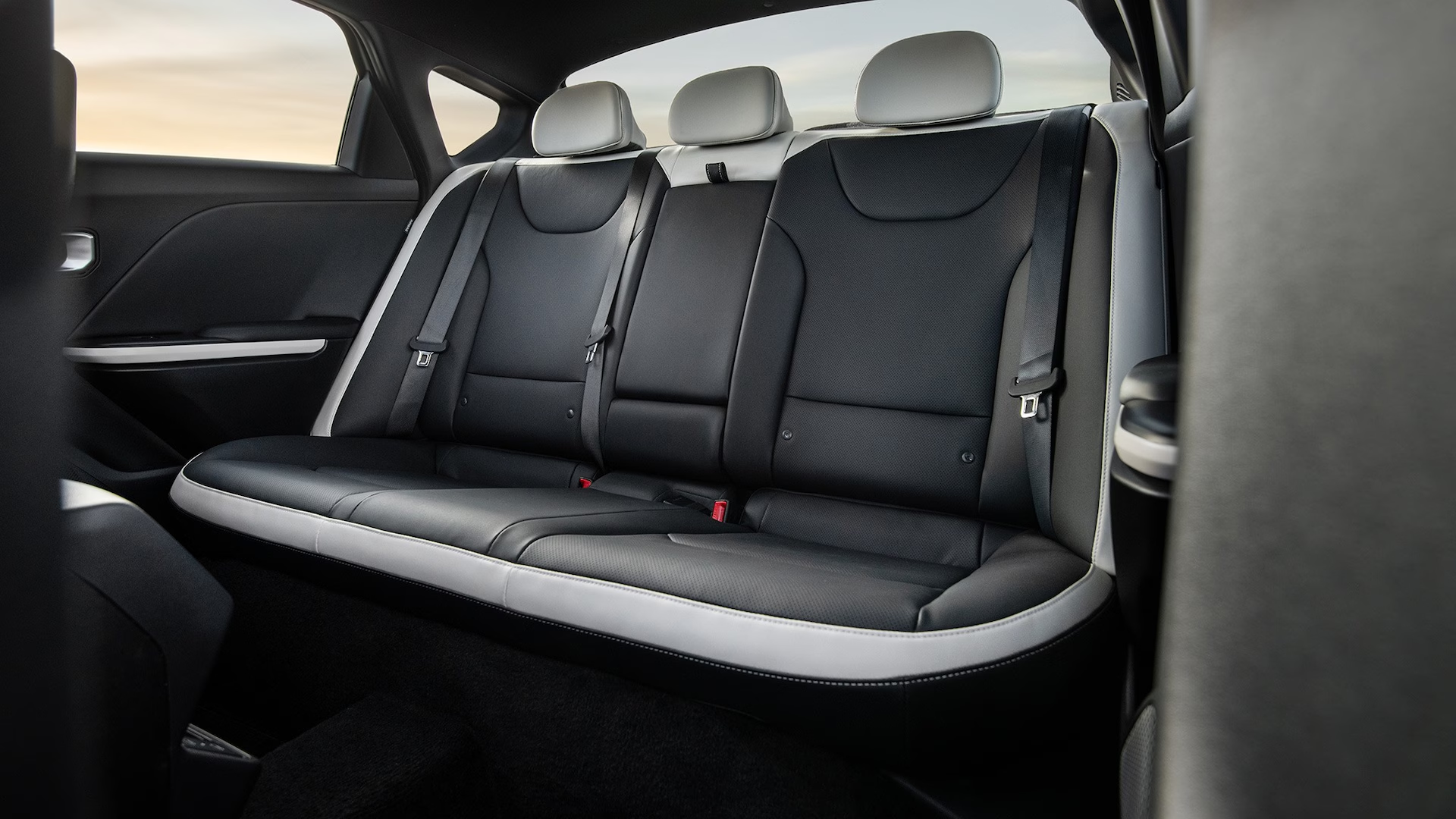
No Turbo? No Problem—Mostly
The new K4 sedan is a design knockout, with a long, low appearance that stands out among the more conventionally styled Honda Civics, Toyota Corollas, and Volkswagen Jettas of the compact car world—not to mention the Kia Forte it replaces. Even in its most powerful and expensive form (MSRP: $31,345), it’s still affordable and packed with features. It put up a decent fight against the supremely refined, quicker, and slicker Honda Civic Hybrid in a comparison test.
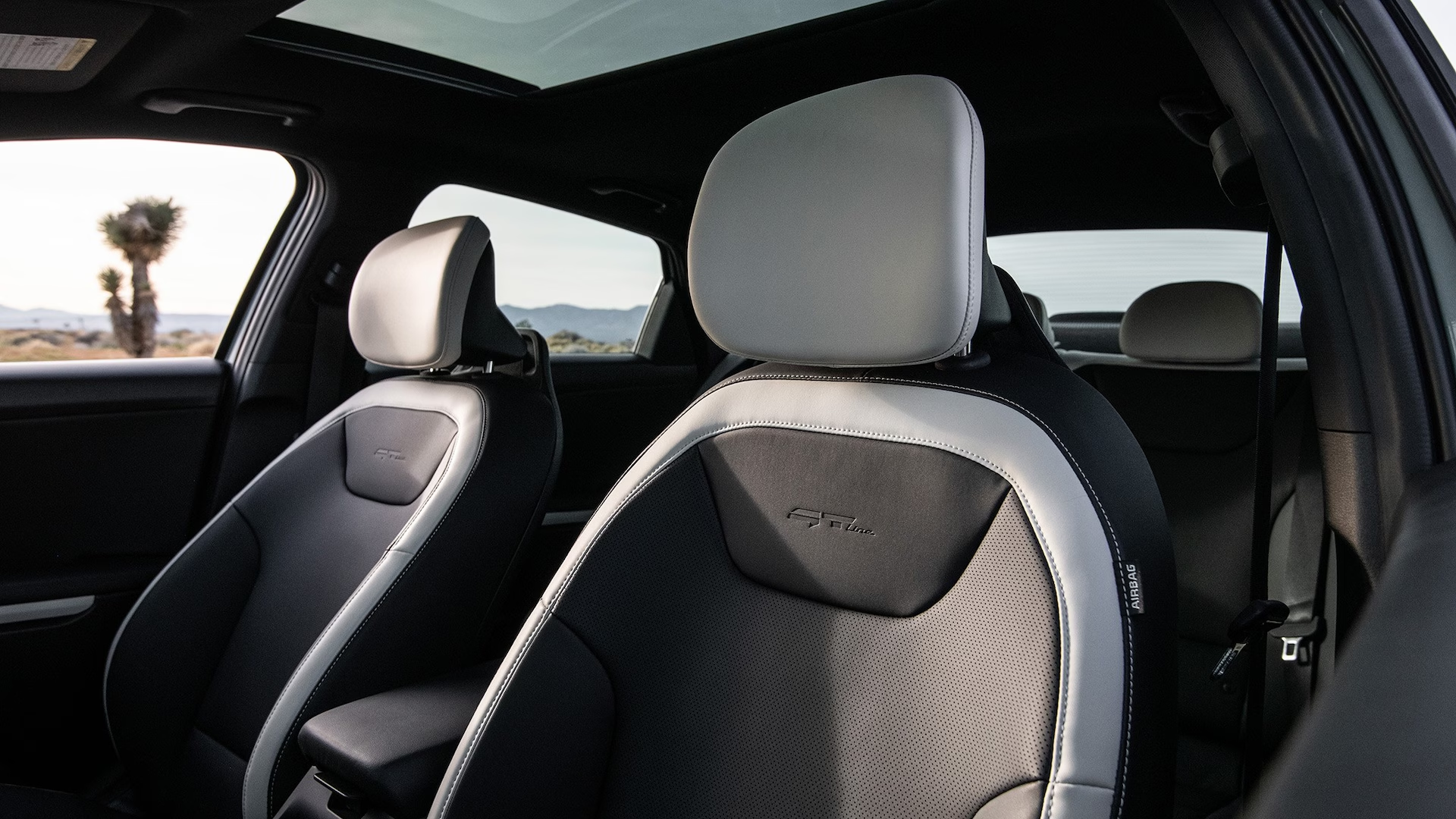
Removing the GT-Line’s turbo drops the price as low as $23,145 and isn’t as devastating as you might think. Thing is, we still haven’t experienced most of those lower-priced versions. For this drive, Kia made available the GT-Line Turbo we’ve already reviewed, as well as a fully loaded non-turbo GT-Line stickering for $28,345 thanks to a $2,000 premium package. Sure, it includes the volume-seller 2.0-liter engine—but a few GT-Line-specific items stand in the way of letting us extend our review to the lesser K4 LX, LXS, and EX trims.
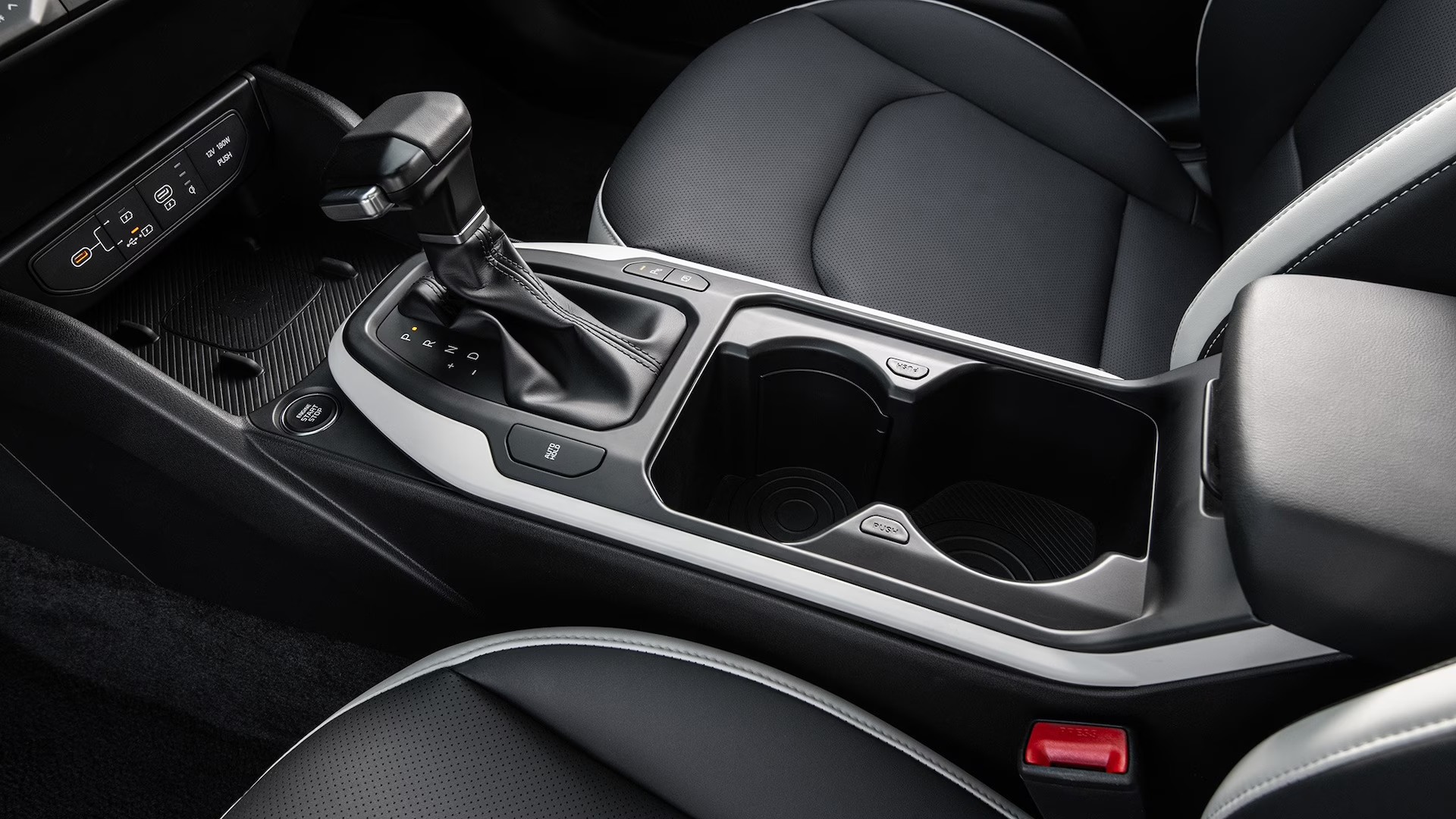
Like the GT-Line Turbo, the non-turbo model rides on a unique, sport-tuned suspension with a multilink independent rear end (sub-GT-Line models ride on a less sophisticated twist-beam axle); has 18-inch wheels with special tires filled with acoustic foam that quiets road noise; gets a quicker steering ratio; and when fully optioned includes the same acoustic windshield glass and every feature and toy bundled with the GT-Line Turbo. The two GT-Lines even look nearly identical, with the 2.0-liter version distinguished only by flashes of silver on its wheels; the Turbo’s rims are all black.
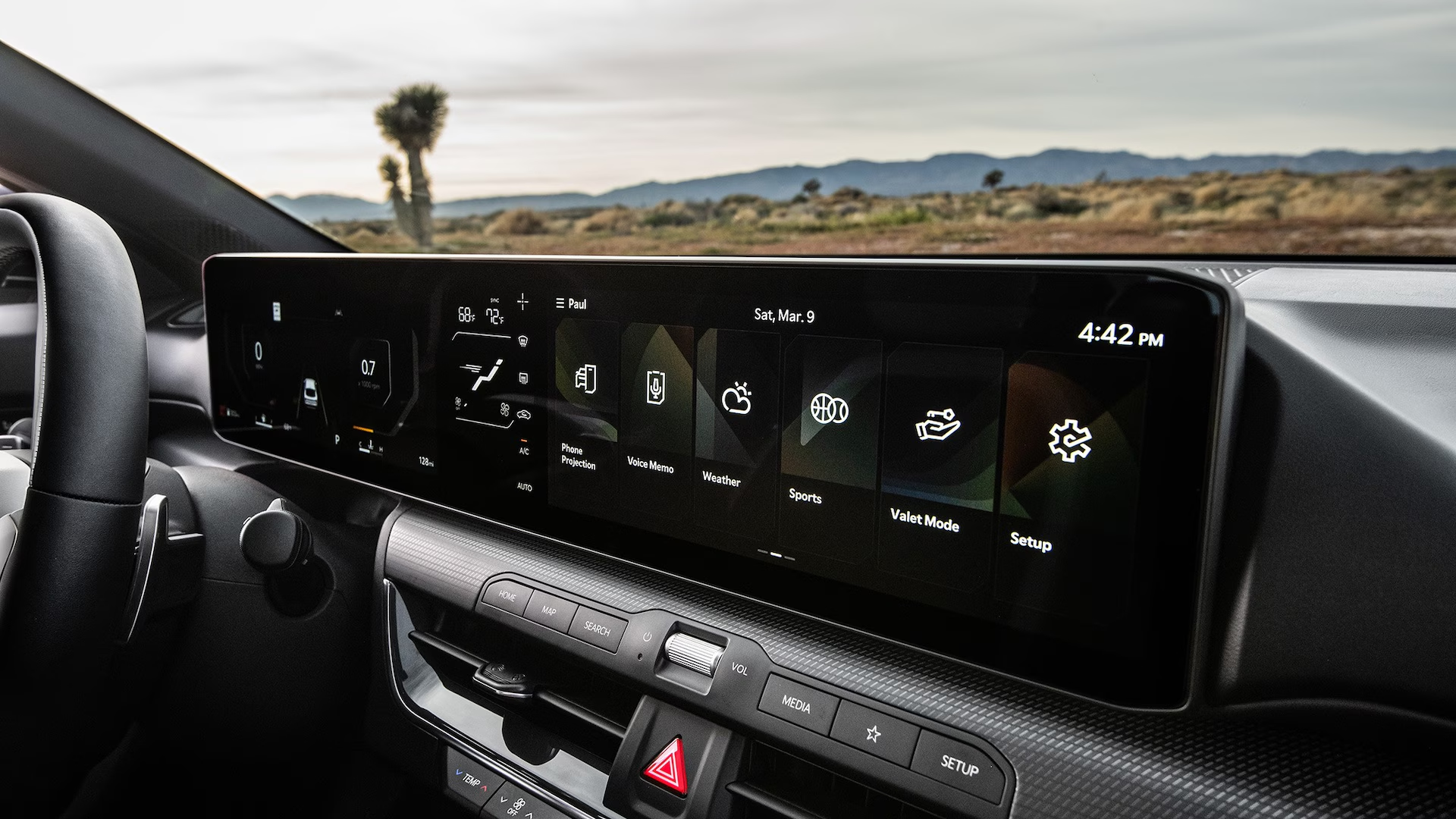
So, our K4 anthology remains incomplete for now, and this review’s scope narrows to the 2025 K4 GT-Line 2.0-liter model. The good news for anyone shopping a non-turbo K4, is that this version’s powertrain (shared across most of the K4 family) is agreeable and the CVT performs well. The GT-Line’s only upgrade over lesser K4s is a set of steering wheel paddle shifters affording manual control over faux “gear ratios” in the transmission; those shifts are surprisingly quick and satisfying, too.
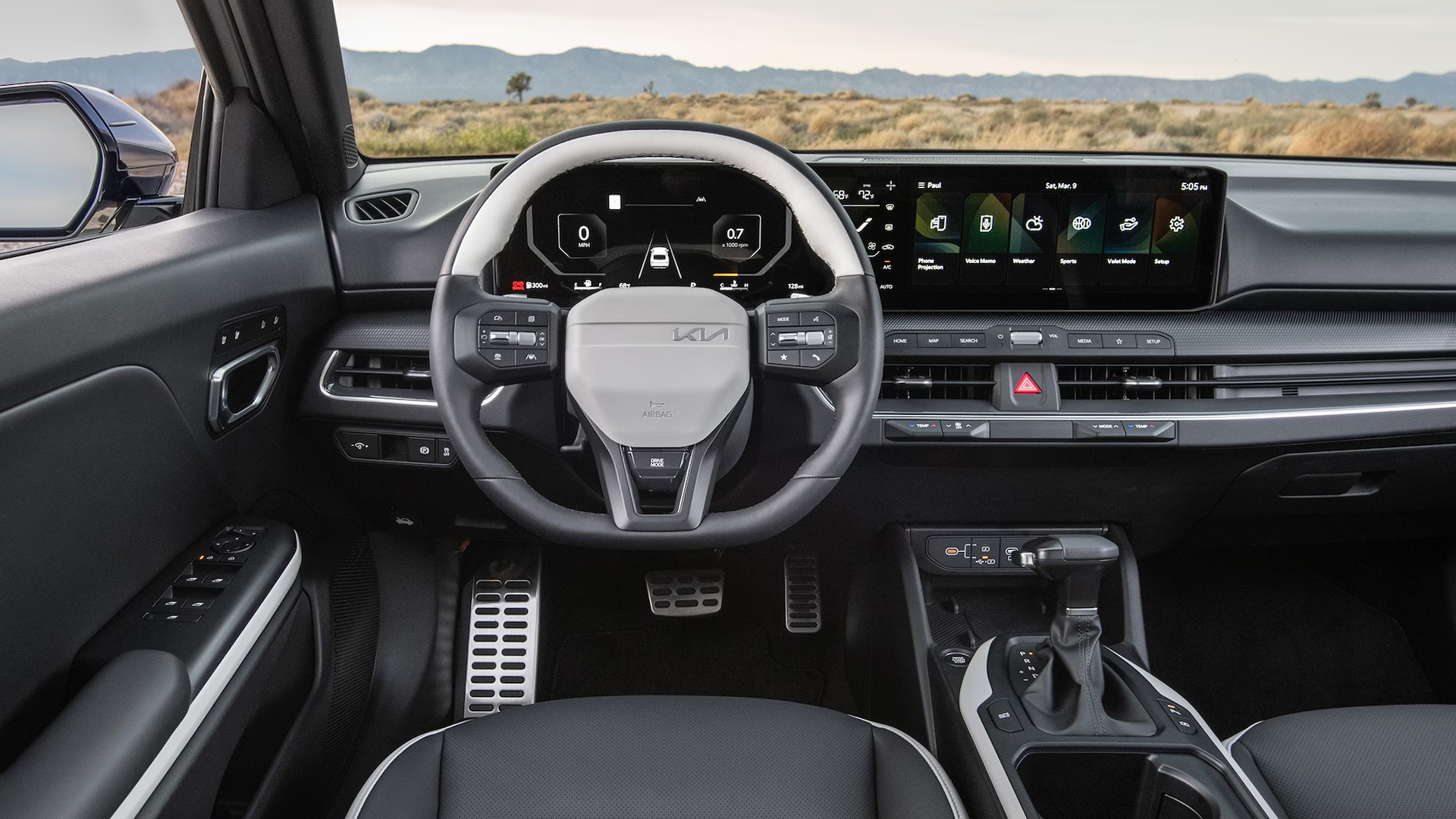
When in automatic mode, the CVT resists allowing the small engine to rev wildly (or loudly) even during moderate acceleration, and it engages smoothly and positively when pulling away from a stop. Forget any outdated notions of a CVT behaving laggardly and allowing engine speeds to fluctuate oddly out of sync with road speeds.
Flatten the gas pedal, and the engine raises its voice enough to penetrate even our GT-Line’s fancy windshield glass, and its resonance isn’t as refined as the 2.0-liter four-cylinder that powers entry-level Honda Civics; it also makes less power than that Honda engine. This is noteworthy because the newest Civics are still loud for their segment and—without the optional and powerful hybrid powertrain—very slow. Without extra acoustic dampening, a K4 LX, LXS, or EX likely admits more engine noise into the cabin, eroding these GT-Line models’ pleasant advantages in cabin noise over the entry-level Civic.
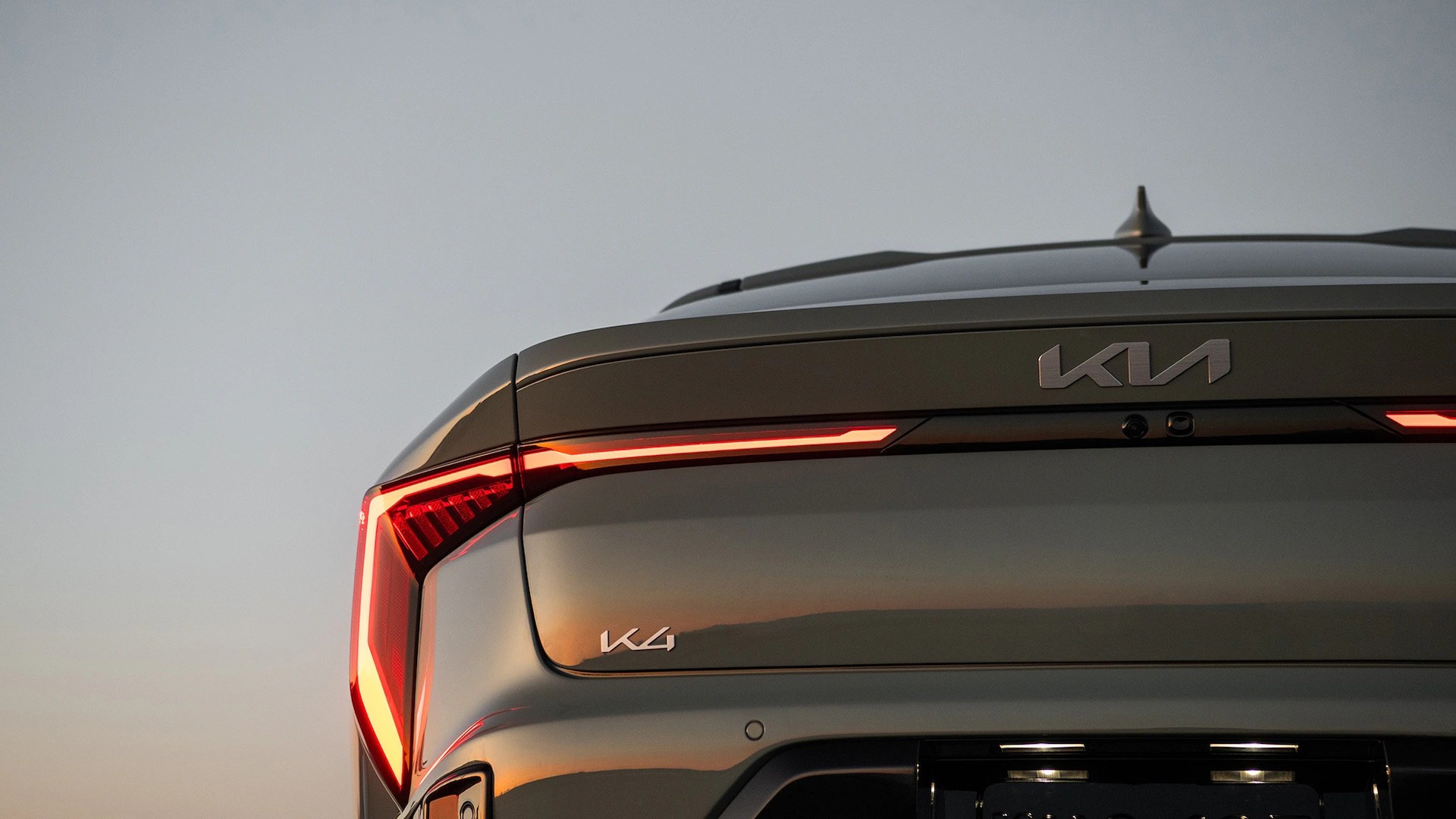
We’ll await our formal test numbers on the 2.0-liter K4, but our butt-o-meters think it’ll be as pokey as the 2.0-liter-powered Civics. The GT-Line Turbo isn’t particularly quick, making the run to 60 mph in 7.1 seconds, and it has 43 hp on this non-turbo GT-Line. Figure on a mid-eight-second run for the 2.0-liter cars, peppier than an equivalent Civic (which saunters to 60 mph in 9.6 seconds). Still, accelerating up hills or to pass when already traveling at highway speeds feels strained. The K4, GT-Line regalia or otherwise, is not fast without a turbo.
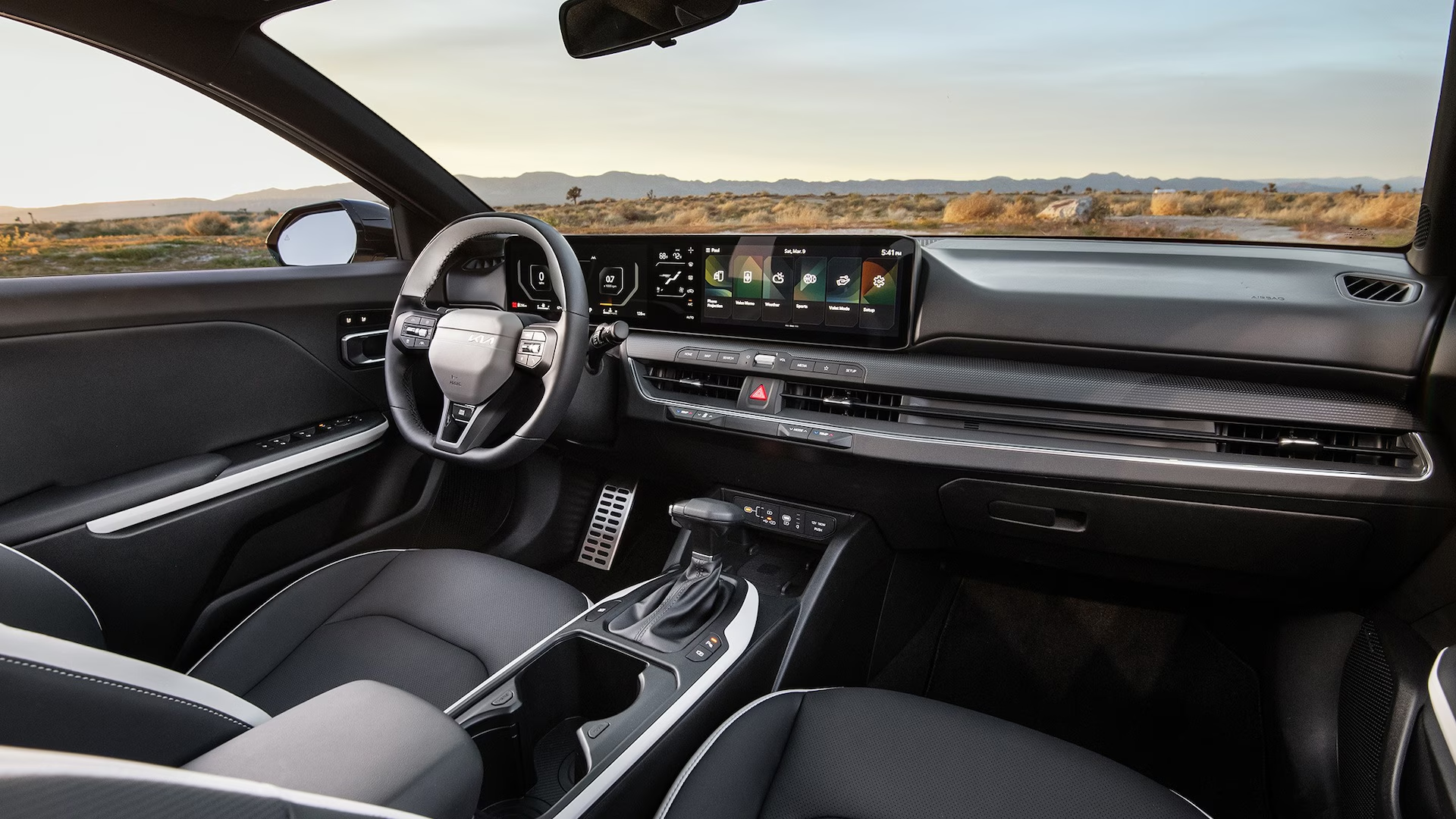
Same GT-Line Handling, Refinement
Ignore the engine and horsepower differences between the two K4 GT-Lines, and the two drive (steer, brake, and ride) nearly identically. The turboless GT-Line’s steering is a hair more pleasant, too, with a lighter action requiring less muscle to turn than the Turbo’s wheel. Otherwise, the brake pedal is just as firm and satisfying to press here, and the less powerful K4 darts into corners with the same stable feeling. You can amp up the responses slightly by pressing the drive mode button on the steering wheel and switching from Normal to Sport mode, which weights up the steering and instructs the transmission to hold lower ratios.
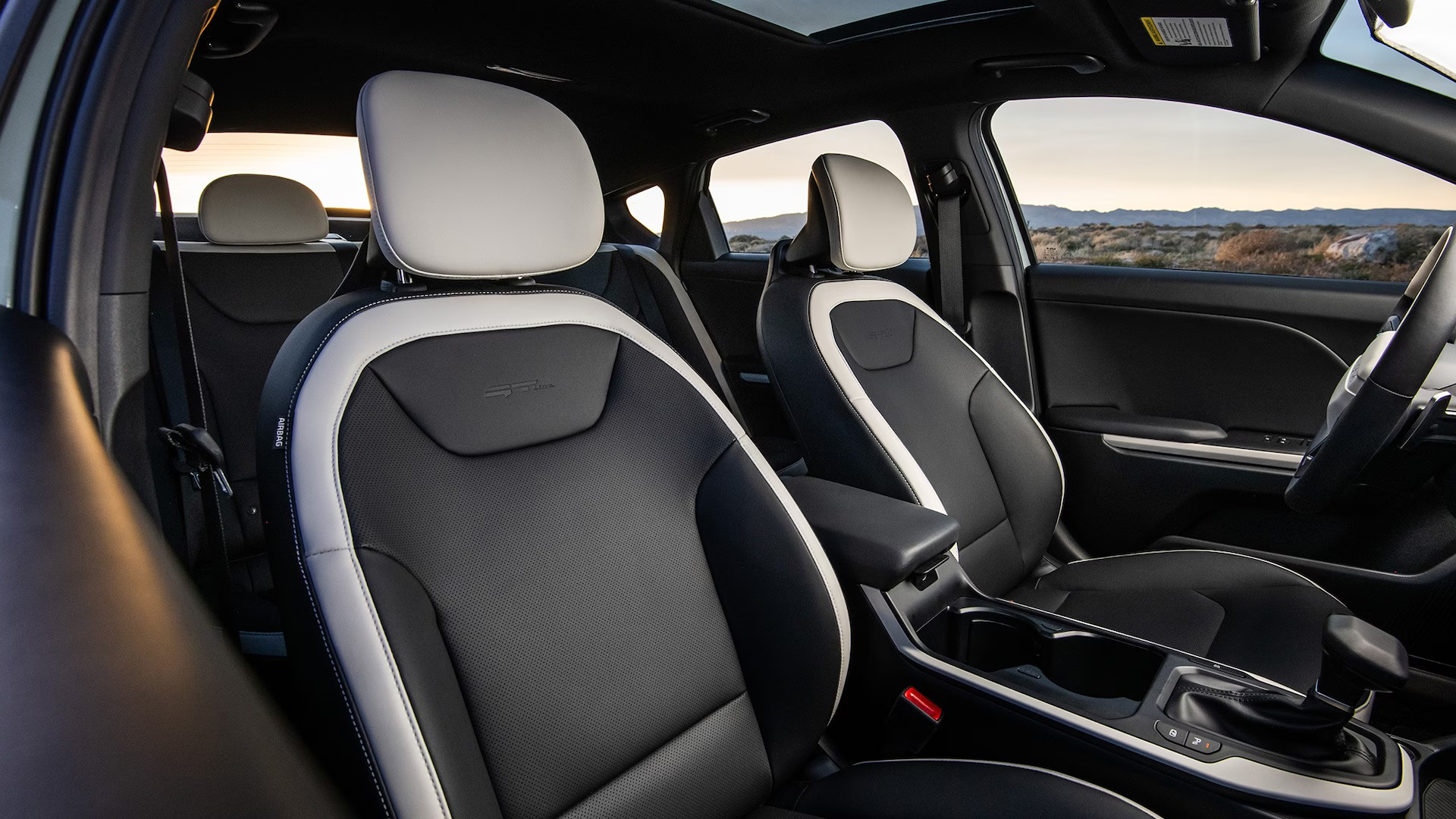
Regardless, the Kia has a big-car feel—which makes sense, given it’s physically larger than anything else in the compact sedan class. It also means that the tuning is sporty without nearing flinty; ride quality seems to have been prioritized as much as ultimate handling—a good tradeoff, we think, for a car like this. Bumps are soaked up without drama, and we’re inclined to repeat Kia’s crack that the K4 drives more like a midsize car than a compact.
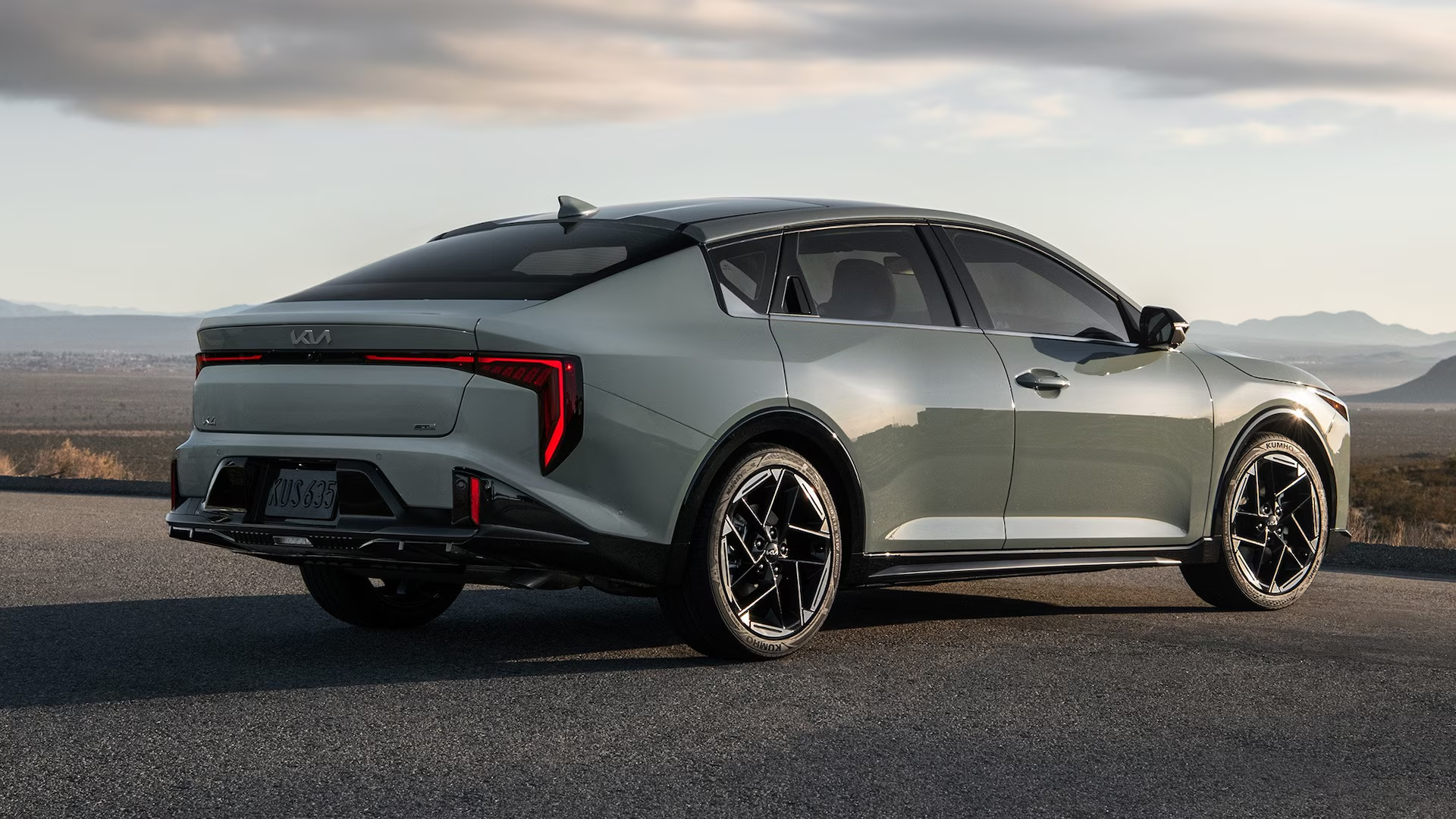
Great Package, Great Value
The K4’s size is put to great use beyond its arresting looks. Back seat passengers enjoy a class-leading 38 inches of legroom, and headroom is quite good, too. Kia also one-ups Honda by fitting every K4 with dual rear-seat USB-C ports (no Civic has even one back there), as well as air vents on higher trims (again, something no Civic offers). The trunk can swallow a solid 14.6 cubic feet of goods via a wide, rectilinear opening. Are these necessary features if, say, you’re planning to use your K4 for Uber or Lyft duty? Perhaps not—but you want five stars, don’t you?
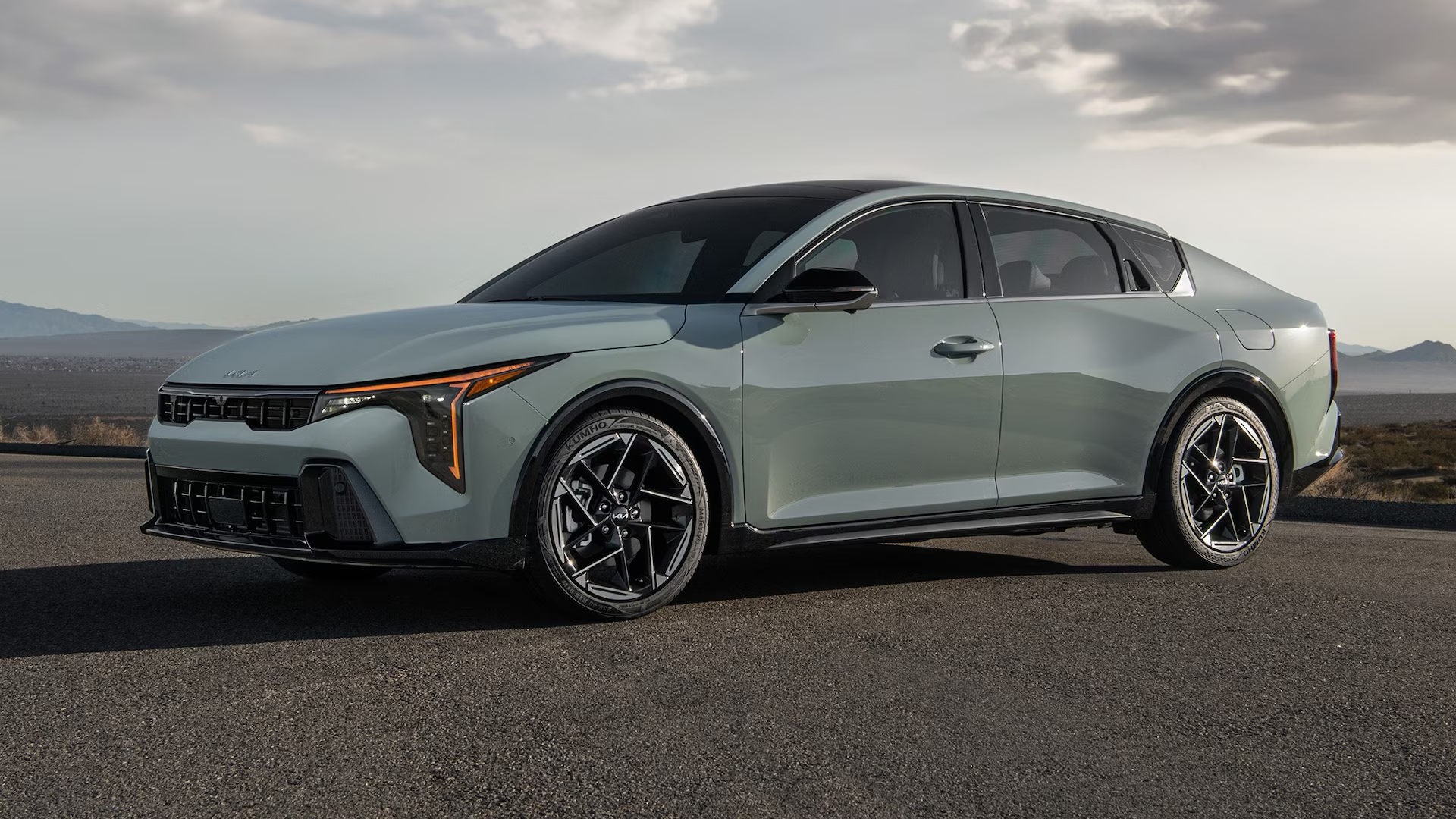
Up front the K4 is seriously impressive, outdoing the entire compact class with a standard 12.3-inch touchscreen that shares a gorgeous curved-glass enclosure with a digital gauge pod. Lesser K4s get slightly different gauge pod layouts, but they’re all digital; on the GT-Line, the all-in setup is stunning, matching what you’ll find in the larger Kia K5 and other Hyundai-Kia products. It’s an unexpected touch for something at this price point, and it mostly works well; our only complaint carries over from the GT-Line Turbo: The little section of display space allocated to the HVAC buttons and the current set cabin temperature readouts shyly hangs out behind the steering wheel’s rim, invisible to the driver. To fire up the defroster or change fan settings, you’ll need to lean to your right to see them. Changing temperatures is easier—physical up-down rocker switches lower on the dash are highly visible, and when manipulated your temperature changes register via pop-ups on the touchscreen. That screen includes wireless Apple CarPlay and Android Auto on every K4, too.
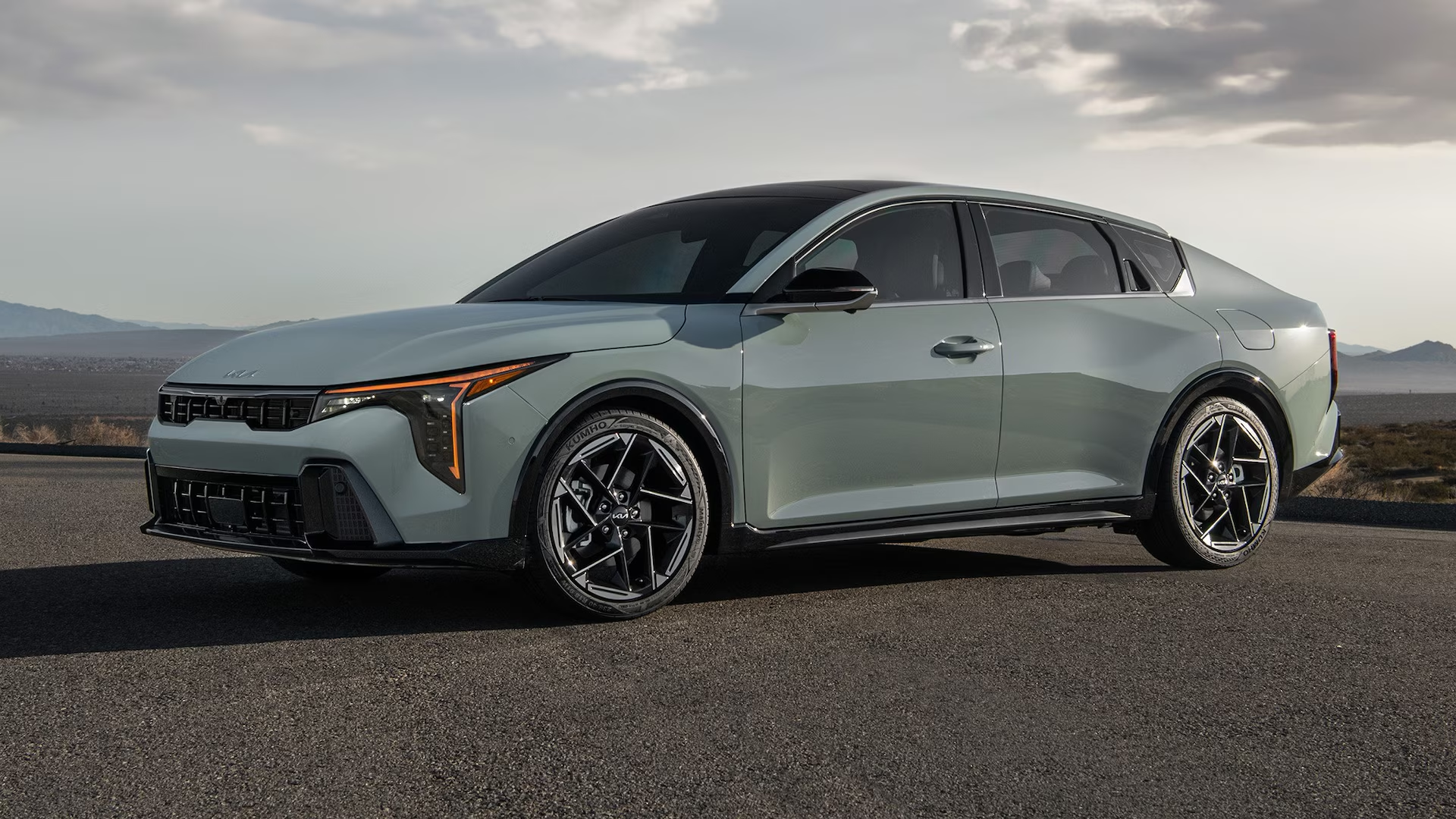
Wait, Haven’t I Seen K4s Everywhere?
The public rollout of the K4 has happened from the bottom up, while Kia has made available only the highest trim levels for us to drive and test. Hence the sort of backwards order of our K4 review cadence, which started with the GT-Line Turbo and was followed by this. The other 2.0-liter-powered K4s have been on sale since October, while the Turbos are just landing now. Hatchback versions arrive at the end of 2025.
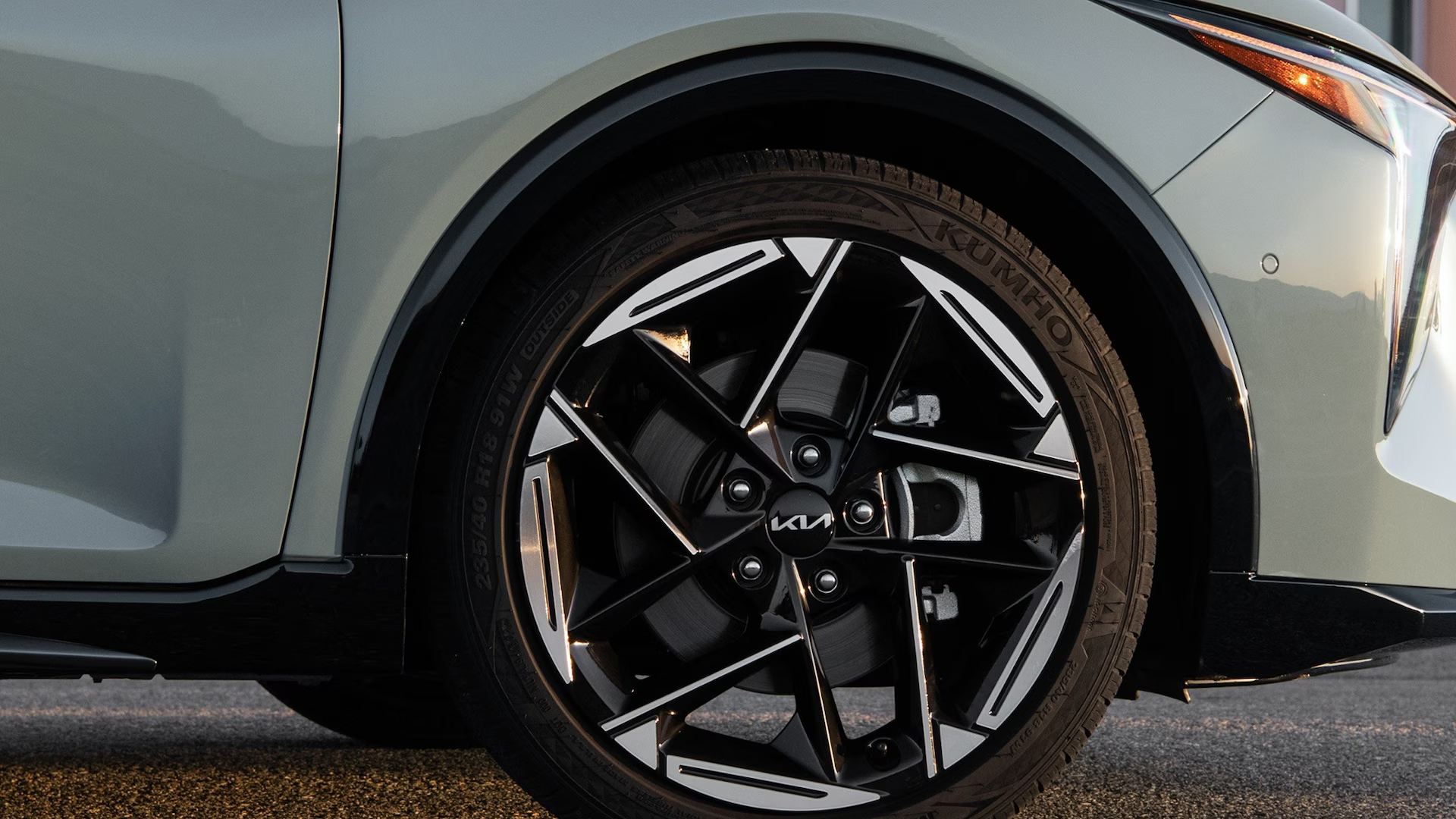
If it seems Kia wants us to focus on the higher-level K4s, well, so does every automaker that sends us cars for review. Partly this is to show off the full breadth of available features in a given product line, partly it’s because often the most expensive version of a car is the most powerful and nicest to sit in. The GT-Line is one of those things, but even lacking the Turbo’s power, it offers a glimpse of the goodness baked into mainstream K4s.
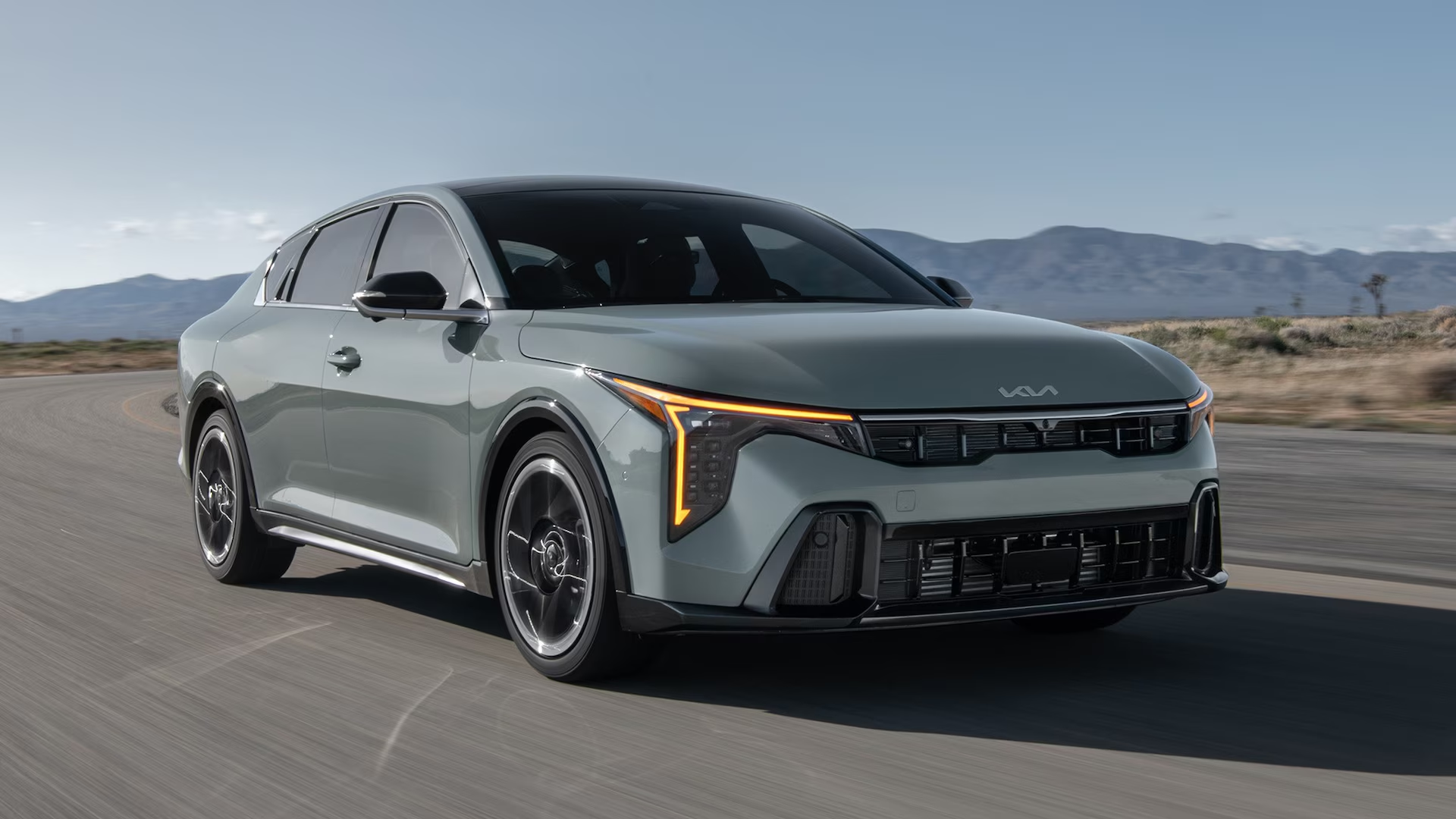
And even if the K4s with the simpler rear suspension and less sound deadening are louder or less refined over the road, they’re still a compelling value. This GT-Line starts at $26,345—$1,000 less than the Honda Civic Sport, but with way more content, style, and in-car tech. Entry-level K4s are thousands less than the cheapest Civic, too. Provided those other non-turbo K4s ride nearly as well as the GT-Line cars and aren’t appreciably louder inside, they’ll deliver the same Civic-challenging benefits: roominess, style, and affordability.
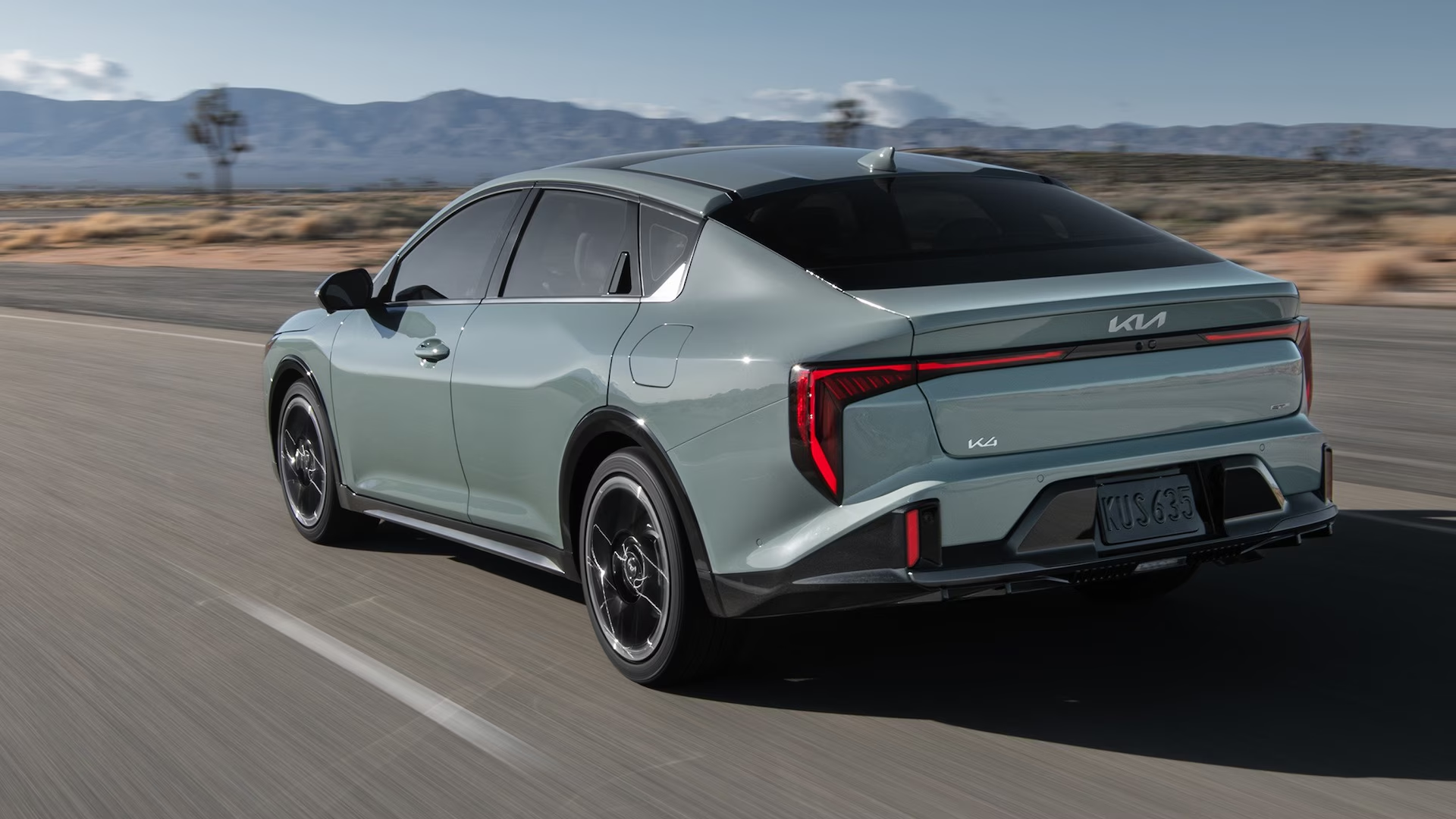
| 2025 Kia K4 GT-Line 2.0L Specifications | |
| BASE PRICE | $26,345 |
| LAYOUT | Front-engine, FWD, 5-pass, 4-door sedan |
| ENGINE | 2.0L/147-hp/132-lb-ft DOHC 16-valve I-4 |
| TRANSMISSION | CVT |
| CURB WEIGHT | 3,100 lb (mfr est) |
| WHEELBASE | 107.1 in |
| L x W x H | 185.4 x 72.8 x 55.9 in |
| 0–60 MPH | 8.5 sec (MT est) |
| EPA CITY/HWY/COMB FUEL ECON | 29/39/33 mpg |
| EPA RANGE, COMB | 480 miles |
| ON SALE | Now |
